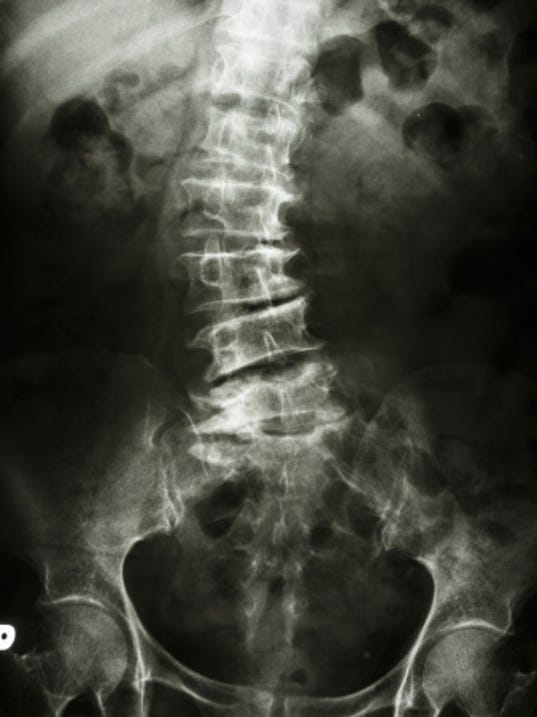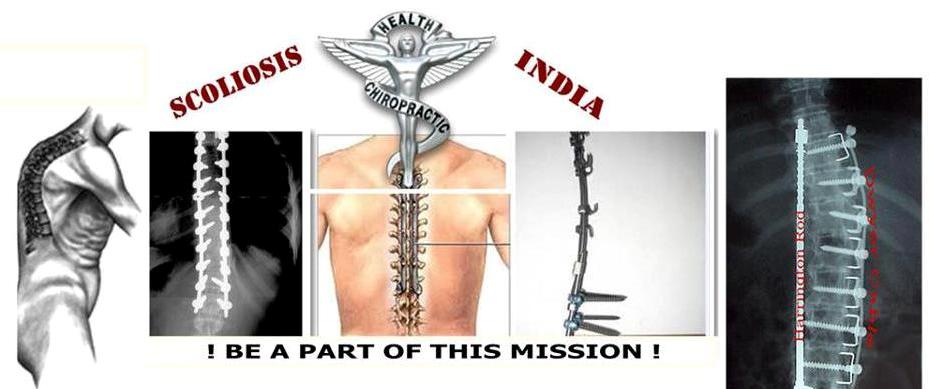Skylar Wendt, 13, of Appleton has a brown belt in karate and is working diligently toward her black belt. Given how active she is, her parents, Carrie and Brad Wendt, say you probably wouldn’t realize she has scoliosis.


“It doesn’t seem to affect her,” Carrie said. “She is very active in her karate. I don’t think it slowed her down any.”
There are many forms of scoliosis, said Dr. Sumon Bhattacharjee, a neurosurgeon with the Neuroscience Group in Neenah. Bhattacharjee has a special interest in managing patients with scoliosis and received specialized training in surgical interventions related to spinal deformities in adults and pediatric patients.
“Scoliosis is kind of a generic term that we use for what we call curvature of the spine,” he said. “Nowadays we’re more inclined to use the word spinal deformity, which is to mean an abnormality in the curvature of the spine.
“Adolescent idiopathic scoliosis is what we see in middle school and going into early high school. It’s much more prevalent in females than males, suggesting some genetic aspect behind it. We have genetic markers that tell us that these are scoliotic genes, but we have yet to establish a direct relationship between who will exactly have it. We don’t have a one-to-one predictor, but there’s a huge amount of genetic correlation and growth pattern changes that contribute to developing scoliosis.”
Bracing is an option for patients, said Dr. Lee Segal of the University of Wisconsin School of Medicine and Public Health. He typically will discuss treatment in children if they have sufficient growth remaining and the curve is more than 25 degrees. The goal is to prevent progression of the deformity.
“Unfortunately, most bracing systems that are used don’t improve or decrease the deformity or the magnitude,” Segal said.
The natural history of scoliosis shows that if the scoliosis curve is more than 50 degrees it tends to progress as an adult, he said. If it’s less than 30 degrees, it tends not to.
“There is a gray zone between 30 and 50, but if we can keep those curves as low as possible, hopefully we can prevent the need for recommending surgery or even considering surgical interventions,” Segal said.
Skylar was diagnosed when she was 3 through her pediatrician, who then referred them to a specialist from American Family Children’s Hospital in Madison. A yearly X-ray was done to watch the curvature.
In Skylar’s case, her scoliosis progressed from 40 to 65 degrees in one year so surgery was necessary. Her procedures were done in October and January, and she was required to wear the brace temporarily afterward.
Segal said that while surgery is not to be taken lightly, recovery times have vastly improved over time.
The way scoliosis is treated has changed significantly, Segal said, even in the 30 years since he started practicing.
Source: Marshfieldnewsherald, 12th April 2015

No comments:
Post a Comment